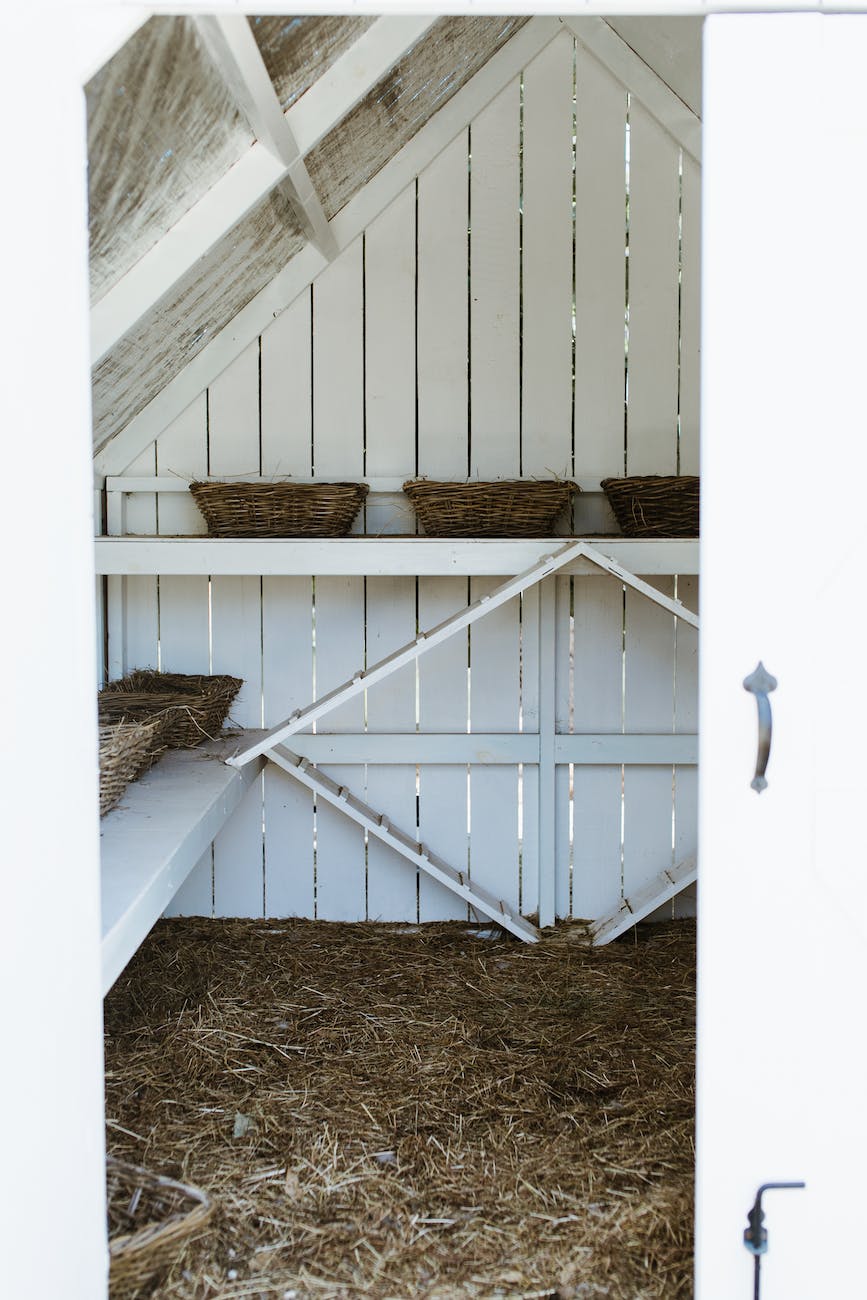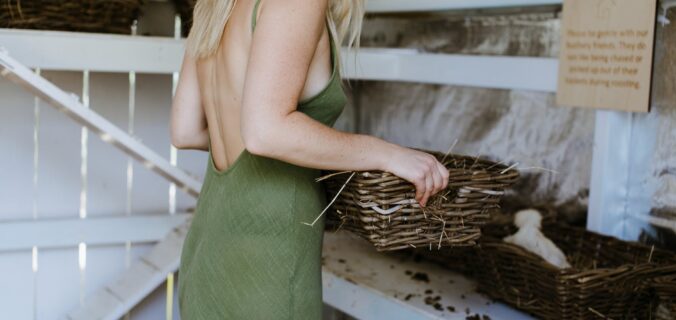If you’re planning on raising quail, one of the most important things you’ll need is a safe and secure quail coop for your birds to live in. As someone who has built several quail coops over the years, I want to share with you some tips and tricks for building a successful quail habitat.
Choose the right location
The location of your quail coop is crucial for the health and well-being of your birds. Choose a spot that is well-drained, away from areas prone to flooding, and sheltered from strong winds. You should also consider the amount of sunlight the coop will receive. Quail need plenty of light to lay eggs.
Size matters
The size of your quail coop will depend on the number of birds you plan to keep. As a general rule of thumb, each quail should have at least 1 square foot of space. So, if you plan to keep 12 quail, you’ll need a coop that is at least 12 square feet in size. Keep in mind that quail are active birds and need plenty of room to move around and exercise.
Consider your climate
Depending on where you live, you may need to take extra measures to protect your quail from extreme temperatures. If you live in a cold climate, you may want to insulate the coop and provide a heat source during the winter months. If you live in a hot climate, make sure the coop is well-ventilated. Consider installing a fan or misting system to keep the birds cool.
Use the right materials
The materials you use to build your quail coop will depend on your budget and personal preferences. However, it’s important to use materials that are sturdy, safe, and easy to clean. You may want to consider using hardware cloth instead of chicken wire to protect your quail from predators and using a solid floor to make cleaning easier.
Provide plenty of nesting boxes
Quail love to lay their eggs in cozy nesting boxes. You should provide at least one nesting box for every two to three birds. The boxes should be lined with clean, dry bedding material such as straw or wood shavings.
Keep predators out
Predators such as raccoons, foxes, and snakes are common threats to quail. Make sure your coop is predator-proof. Use sturdy materials and make sure there are no gaps or holes where predators can enter. You can also use a predator-proof fence around the coop to provide an extra layer of protection.
Include a dust bath
Quail love to take dust baths to keep their feathers clean and free of parasites. You can provide a dust bath by filling a shallow container with sand, dirt, and diatomaceous earth. Place the container in the coop and your quail will happily take care of the rest.
Make cleaning easy
Cleaning your quail coop is essential for the health and well-being of your birds. Make sure the coop is designed in a way that makes cleaning easy. For example, use removable trays or a sloped floor that drains into a gutter. You should also make sure to clean the coop regularly and dispose of any waste in a safe and sanitary manner.

In conclusion, building a quail coop requires choosing the right location, size, and materials, providing plenty of nesting boxes, keeping predators out, including a dust bath, and making cleaning easy. By following these tips and tricks, you can build a successful quail habitat that will keep your birds healthy and happy for years to come.
